
Is Uzbekistan safe? (Safety for solo travelers, Dress Code)
/
0 Comments
Traveling is an extraordinary experience in any human's life.…
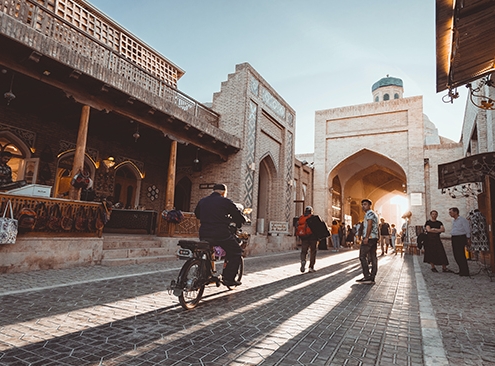
Uzbekistan Culture and Traditions: Food, Lifestyle & more
Today, a community with its culture exists in every part of the…
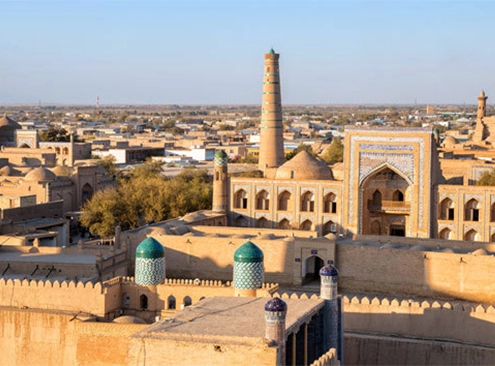
Uzbekistan Weather, Always Pleasant for Travel
When we want to go on a trip, the first thing we would usually…
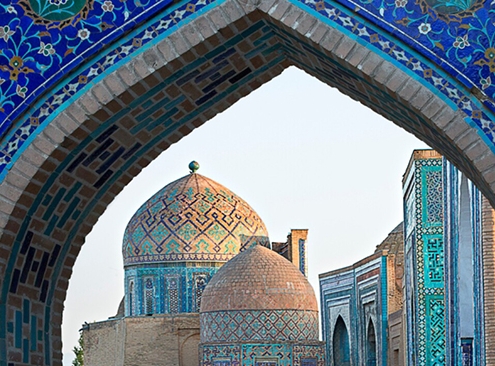
Towns and Cities in Uzbekistan: Capital, Oldest City & more
Uzbekistan, an urban country located in central Asia, is a place…
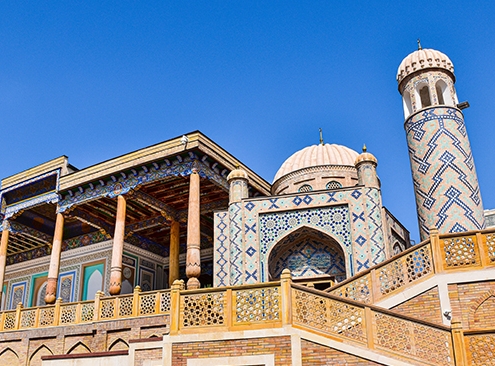
Where is Uzbekistan? Capital, language, culture & more
Uzbekistan is the new travel hub of central Asia. Located on…
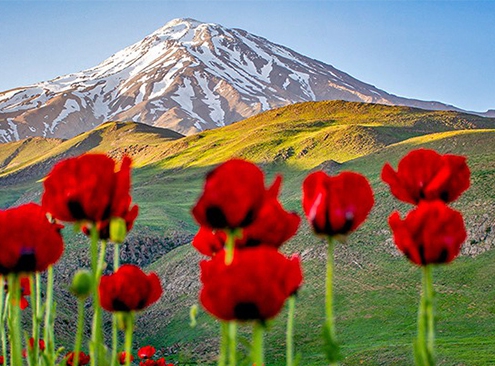
Top 10 Iran Mountains for Climbing and Skiing
Climbing mountains may not appear as simple as most people think,…
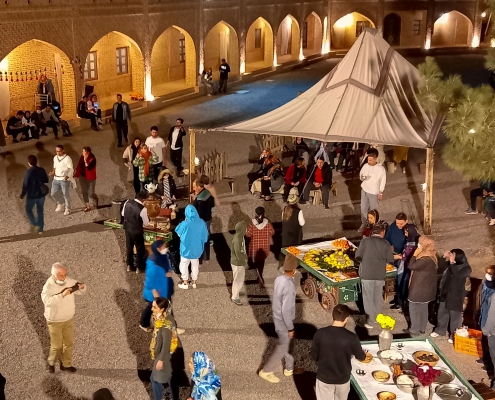
Top 7 Festivals of Matinabad Eco-camp
There is no better place than Matinabad if you are looking for…
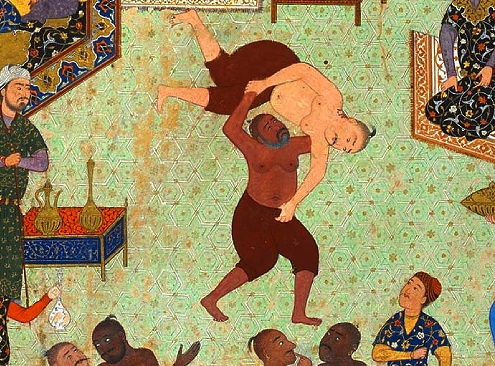
Zoorkhaneh: The House of Strength (workout, music & more)
Zoorkhaneh is the house of strength, not only for the body but…

Most Popular Northern Dishes of Iran
Iranian cuisine is very diverse; however, the northern dishes…
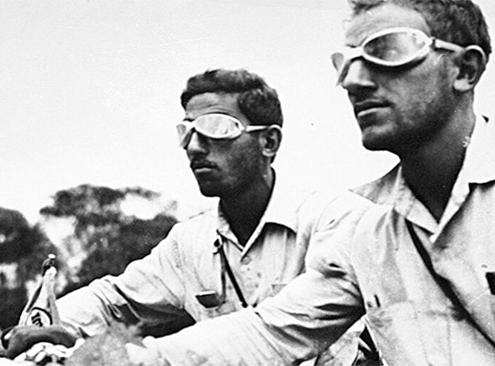
Omidvar Brothers: Story, Museum, Book, Photos & more
Imagine traveling the world on merely a bike and 90$ to spend.…

Earth Day 2025 (Date, Theme, Activities)
International Earth Day is a global celebration for reminding…
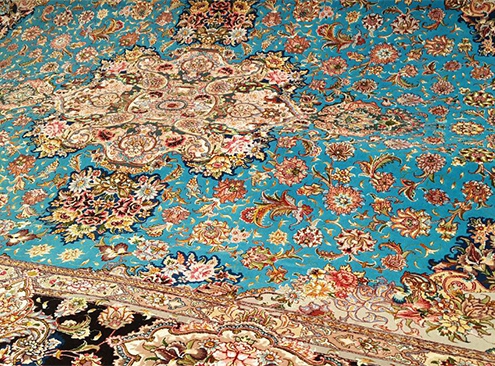
Persian rug: Everything about Persian carpet
From ancient times, Iranian people have used hand-woven carpets…

Sepandarmazgan; the day of love in ancient Iran
The life of the Iranian people has always been associated with…
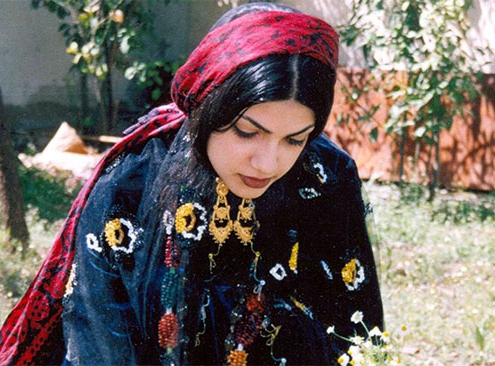
Iranian Tribes’ Clothing
Clothing is one of the things that changes over time for various…
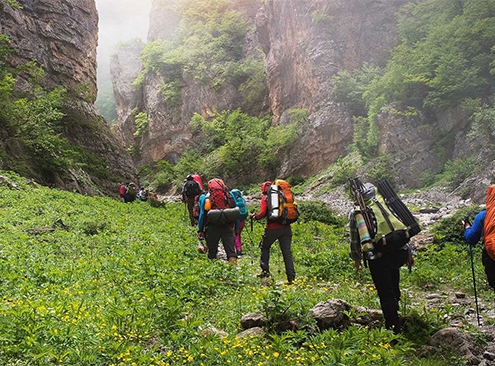 https://irandoostan.com/dostcont/uploads/2021/12/Adventure-tours-to-Iran.jpg
366
712
Farima Fehrest
https://irandoostan.com/dostcont/uploads/2025/05/Irandoostan-logo.webp
Farima Fehrest2021-12-22 13:41:262024-02-12 13:44:39Adventure Tours to Iran
https://irandoostan.com/dostcont/uploads/2021/12/Adventure-tours-to-Iran.jpg
366
712
Farima Fehrest
https://irandoostan.com/dostcont/uploads/2025/05/Irandoostan-logo.webp
Farima Fehrest2021-12-22 13:41:262024-02-12 13:44:39Adventure Tours to Iran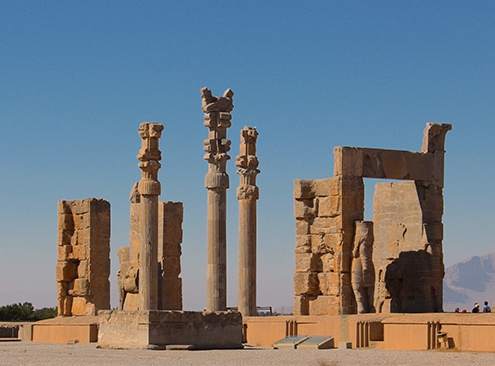
Iran UNESCO World Heritage Sites (list, photos, video)
If you are also a fan of places that have recorded their names…
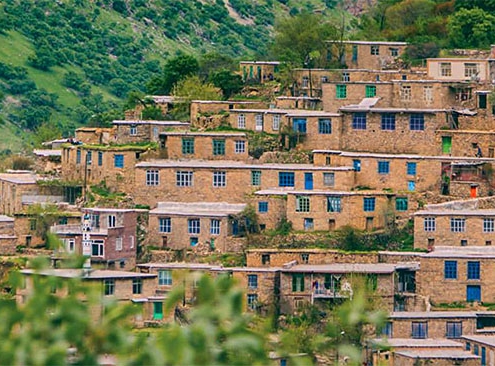
Uraman Takht, A village hidden within a mountain
Uraman Takht might be an old village, but its scenery never fails…

Old cafes in Iran, Nostalgia in modern life
Many people believe that nothing but nature brings people closer…


